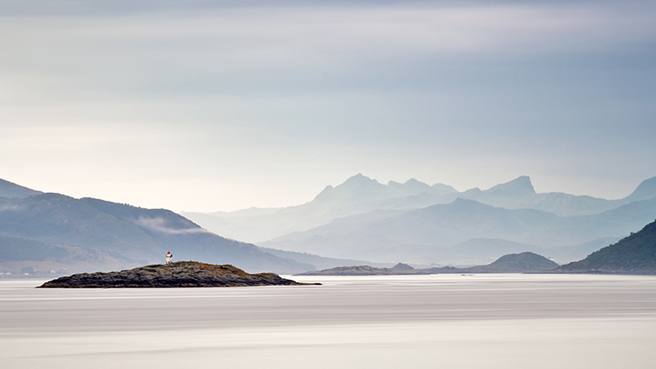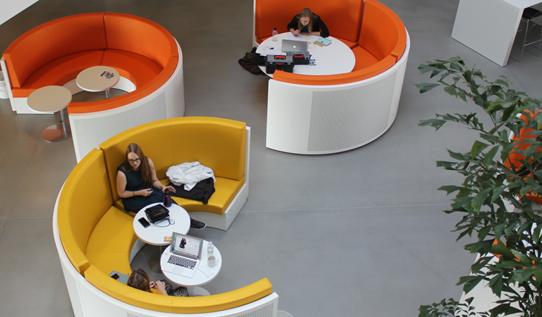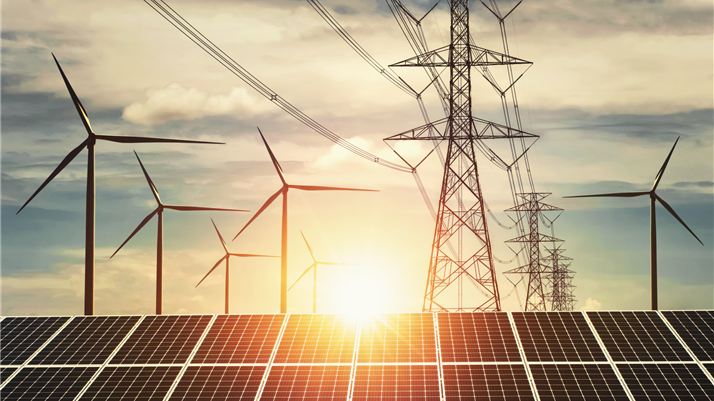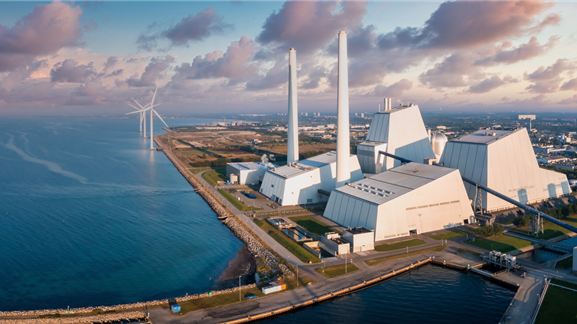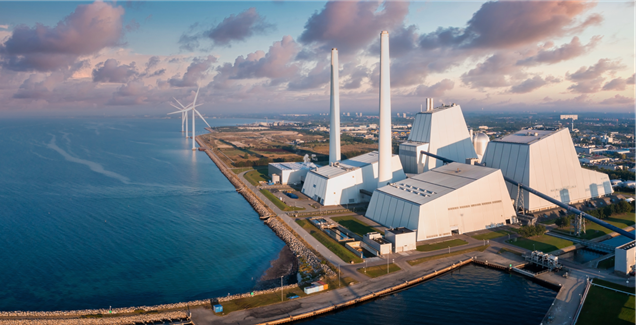The project Nordic Clean Energy Scenarios aims at identifying technological solutions to a fully carbon-neutral Nordic region. It further aims at developing energy scenarios for the Nordic energy sector enabling the Nordic commitment to reach carbon neutrality.
Collaborating on finding the right solutions
NCES2020 brings together nine teams from four Nordic countries, with complementing modelling and analytical skills. Combined with the use of open-access energy system models and data, this strengthens Nordic cooperation and expertise in energy modelling.
The path to neutrality
If you are curious to know more about the results, you can find the five solution tracks here. You can also listen to the podcast, read the full report, or dive straight into the results data.
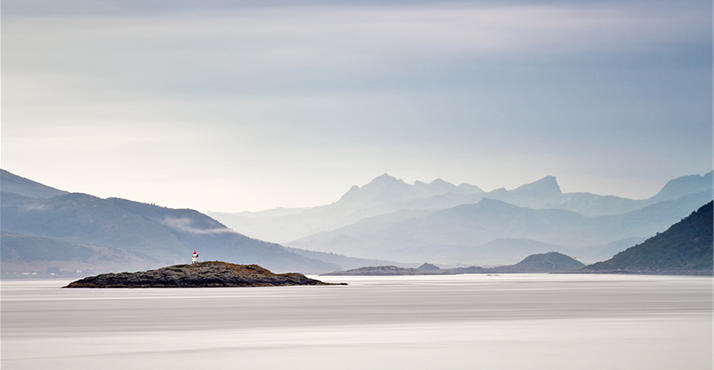

MODELLING
Energy Modelling Lab has developed an open-source energy model for the Nordic region (ON-TIMES).
The model covers Norway, Sweden, Denmark, Finland and Iceland.

SCENARIO ANALYSIS
The model is used to identify paths to a fully carbon-neutral Nordic region.
Find the scenario results here.

REPORT
The results are collected in the Nordic Clean Energy Scenarios report.
Duration: March 2020 – April 2021.
Project: Nordic Clean Energy Scenarios
EML Team: Kenneth Karlsson
Client: Nordic Energy Research
Budget: NOK 320.000
Reference: Kevin Johnsen, COO, Nordic Energy Research
Model: Open Nordic TIMES model (ON-TIMES)

